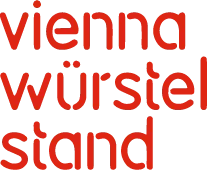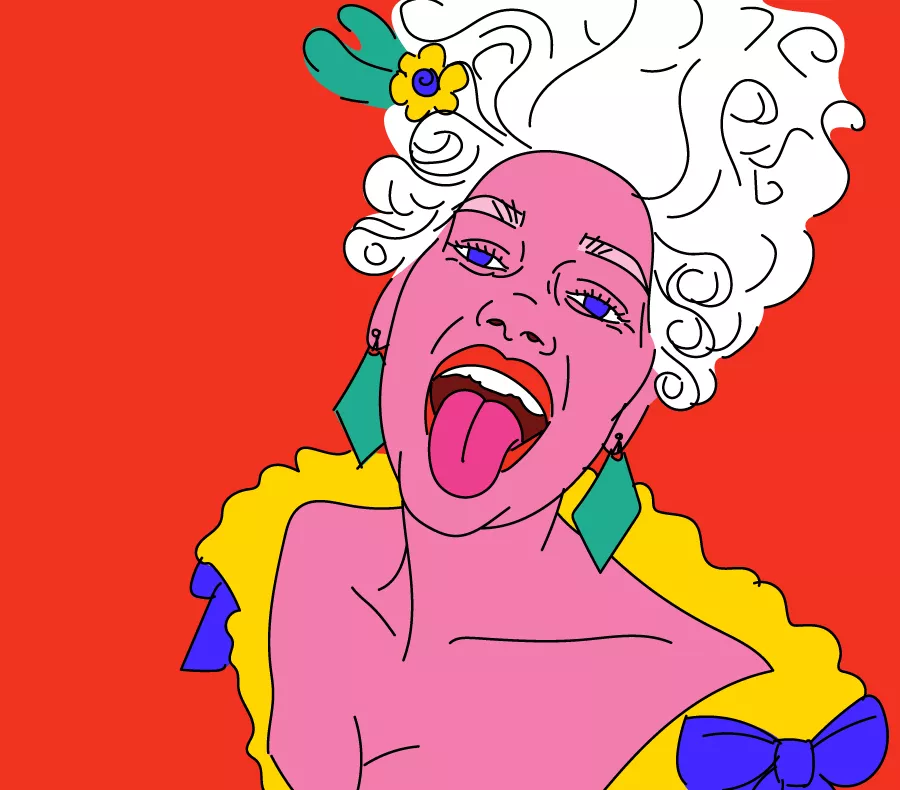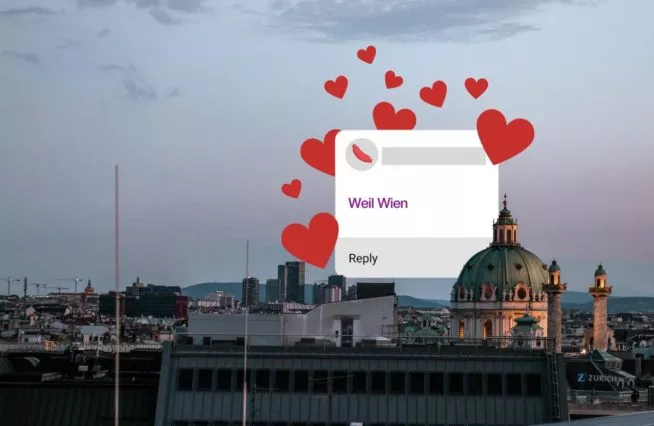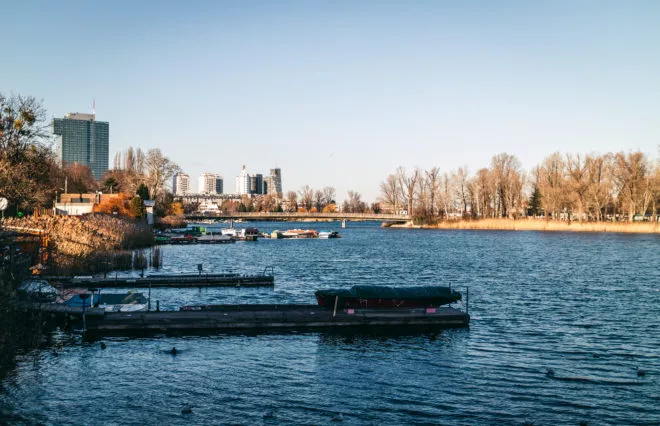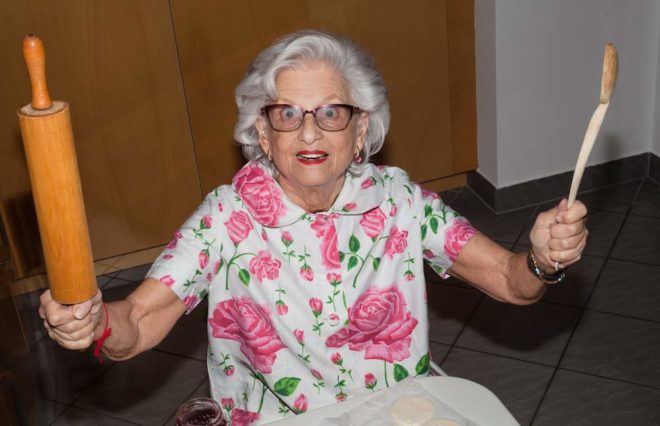Being such a big part of the make up of Vienna, we thought you might like to know a few facts about them. Here are 15 interesting facts about Vienna’s social housing that might perk your ears up a bit:
1. As of 2013, 1 in 4 of Vienna’s inhabitants live in some kind of social housing
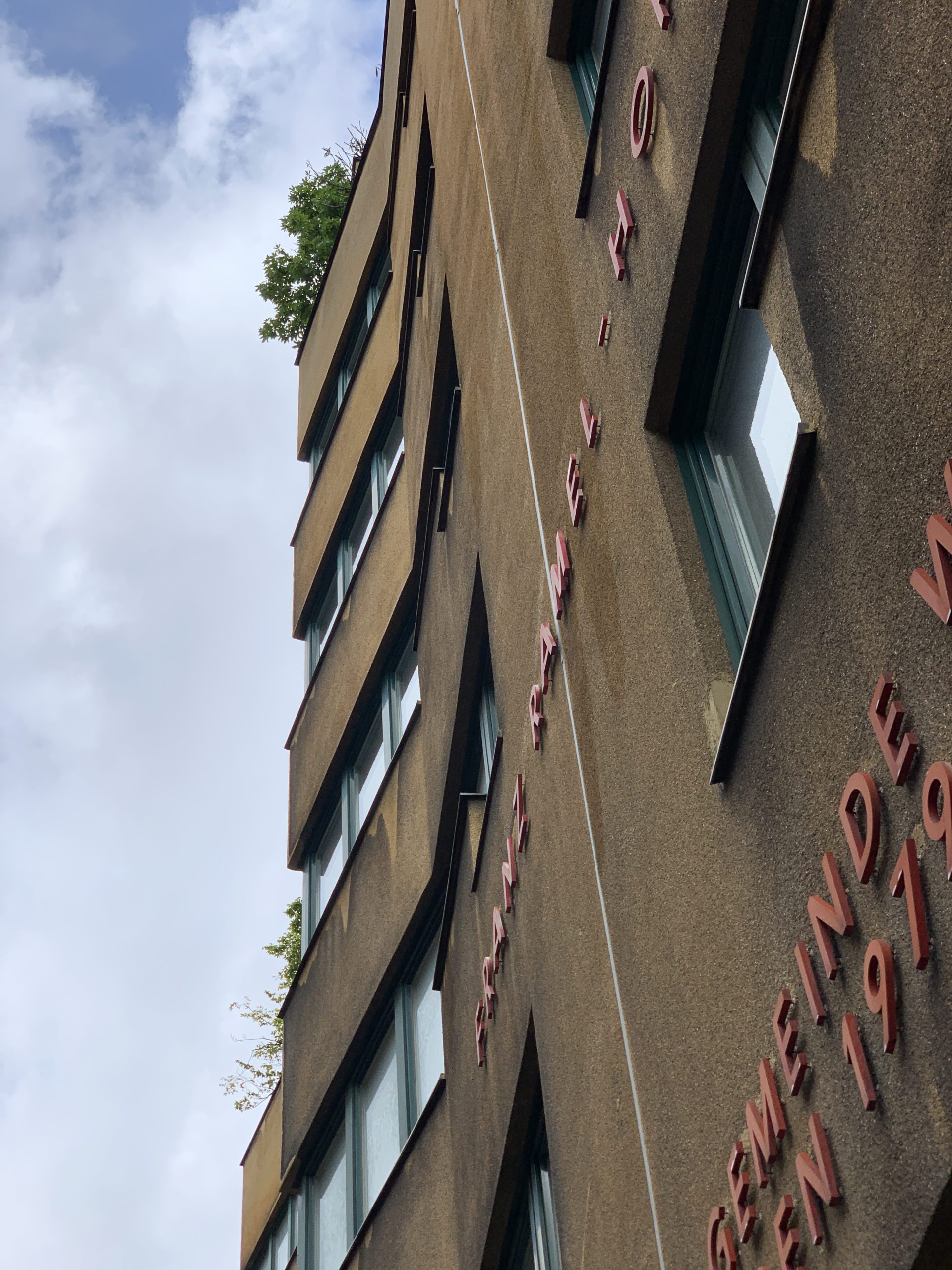
2. 3,043 people in Vienna are employed as caretakers of Vienna’s Gemeindebau.
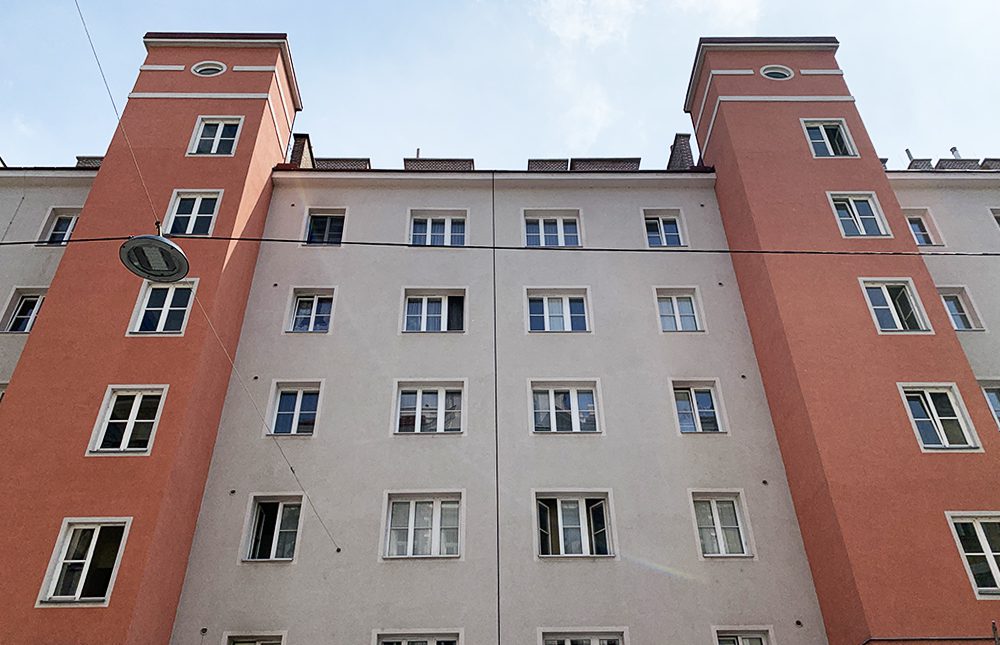
3. Altogether, Vienna’s social housing covers 13,441,914 square meters of space in the city.
If you laid them all flat, you could fit nearly 433 Schönbrunn Palaces inside.
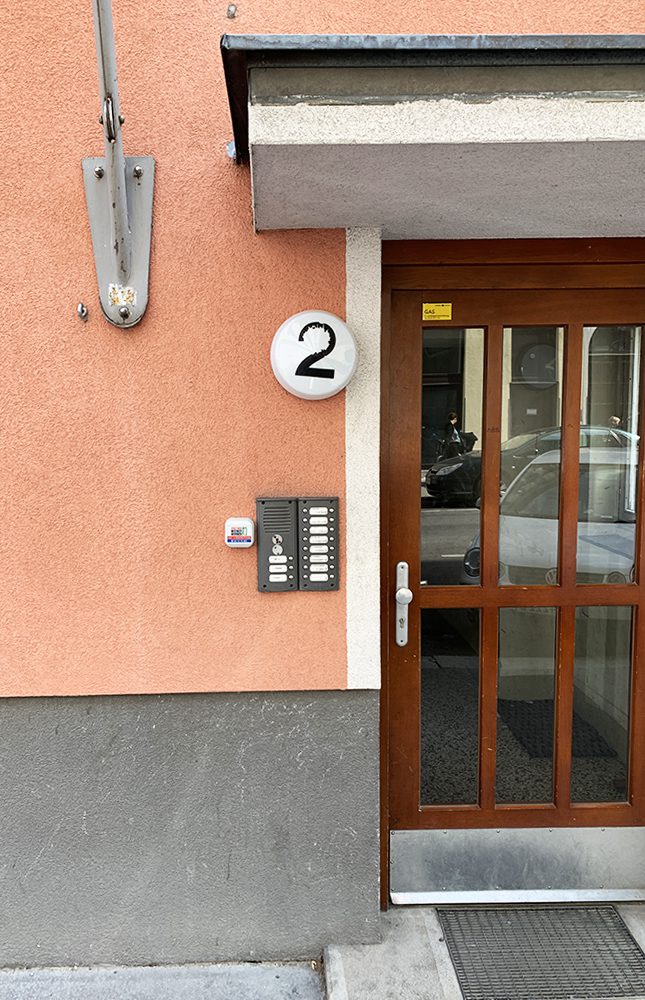
4. Since 2000, the number of solo-dwellers (or single-person households) has gone from 22–48%.
To meet this drastic change in housing needs, apartments have been built with retractable walls so that the layout of each apartment can be easily changed to meet the needs of the tenant.
5. Gemeindebau can be found in every single district in Vienna, unlike most other cities where they are isolated to only one area.
6. Vienna’s 10th district has the most Gemeindebau (140). The 1st district holds the least (10).
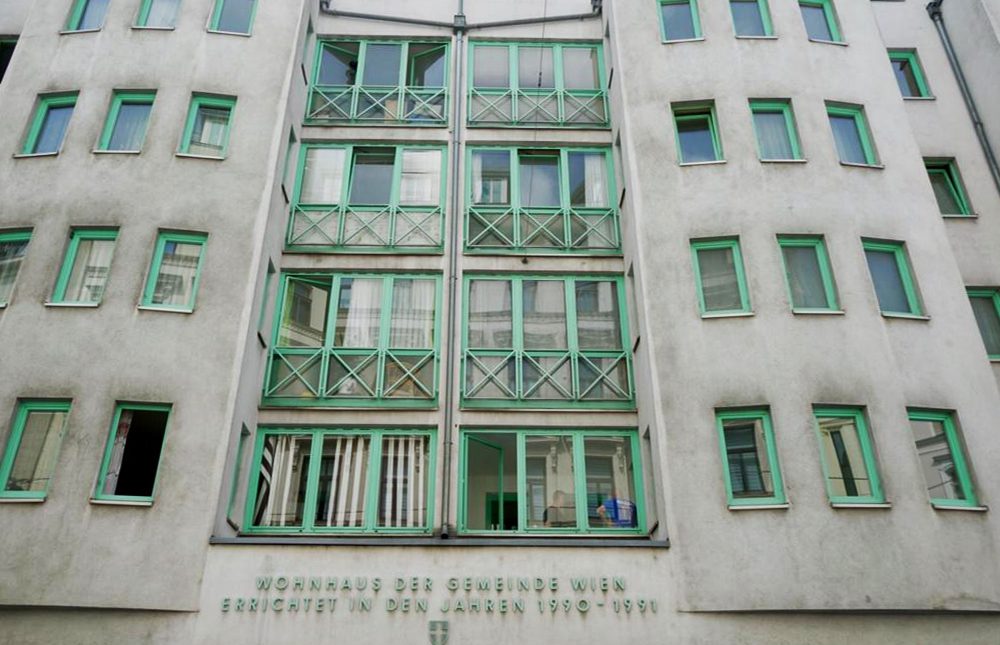
7. The writing’s on the wall. Literally.
Every Gemeindebau in Vienna has the identifying characteristic of large text scrawled on the wall above the entrance. It states the name of the building and/or when the building was built. Think of it like a giant name tag.
8. There was an urgent housing crisis during the period between the 2 world wars.
This created a push for a massive housing boom during what is known as the “Red Vienna” period. This resulted in the construction of 61,000 new apartments in 348 public housing buildings between 1918 and 1934.
9. The Social Democratic Worker’s Party of the “Red Vienna” period aimed not only to provide affordable housing for individual families, but also to improve the standard of living by designing rooms with natural light and garden views.
10. There is a total of 1,300 playgrounds built within the grounds of all of Vienna’s social housing.
That’s a lot of swings and sandboxes.
11. The Karl-Marx-Hof Gemeindebau in Vienna’s 19th district is not only the largest social housing building in Vienna, but its span makes it the longest residential building in the world. Dannnnng.
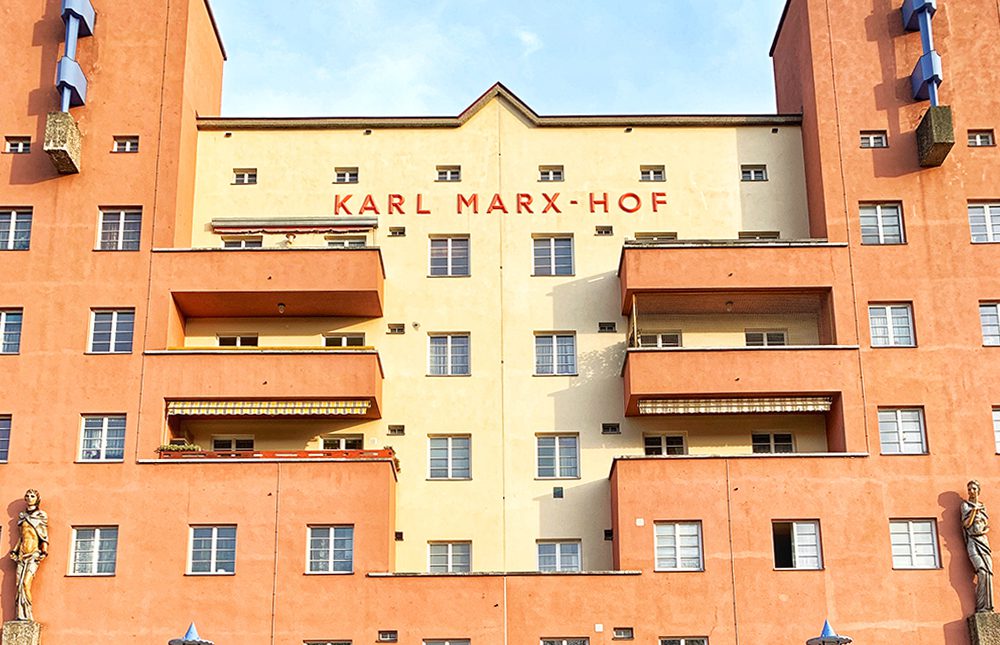
12. There are certain characteristics that are uniform to the design of Vienna’s older Gemeindebau that tried to encourage community living – they always have a huge main gate which leads into a green courtyard with plenty of trees and playgrounds.
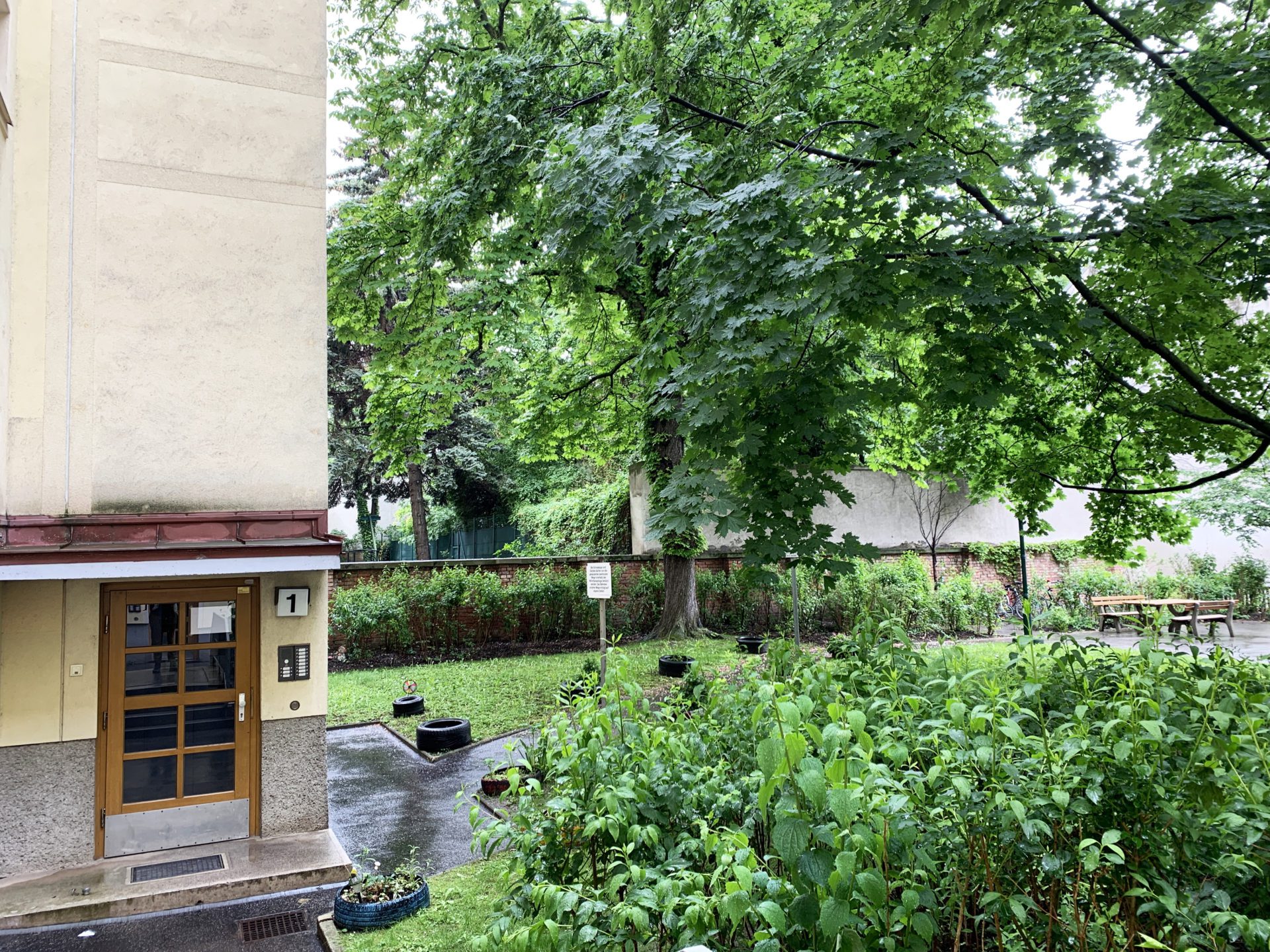
13. It’s no accident that some Gemeindebau look like fortresses.
Several of them (most notably the Karl Marx Hof) were the site where major fighting played out during the Austrian Civil War of February 1934.
14. Vienna is the largest property owner in Europe.
That’s right – there’s nowhere in Europe that has more social housing managed by the state
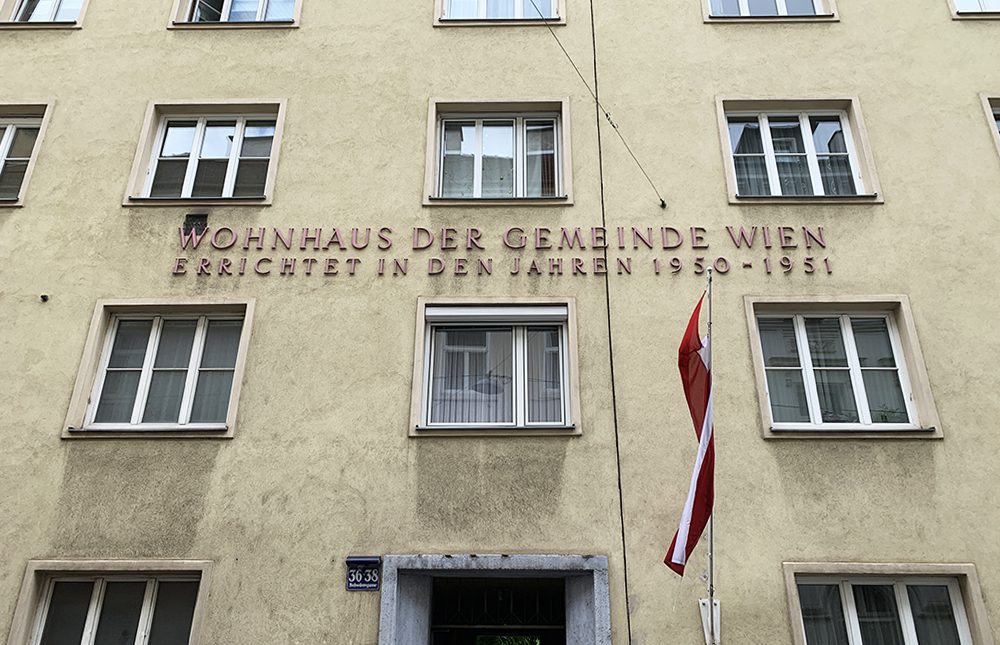
15. The vision behind social housing in Vienna was that people from all income demographics can live side by side.
The idea was to avoid ghettoisation and separation of lower and higher income earners, and to encourage a city in which a lawyer lives next door to a Würstelstand owner (to give you a rather random example, but you get the idea).
Sources:
www.wienerwohnen.at
www.en.wikipedia.org/wiki/Karl_Marx-Hof
www.en.wikipedia.org/wiki/Gemeindebau
